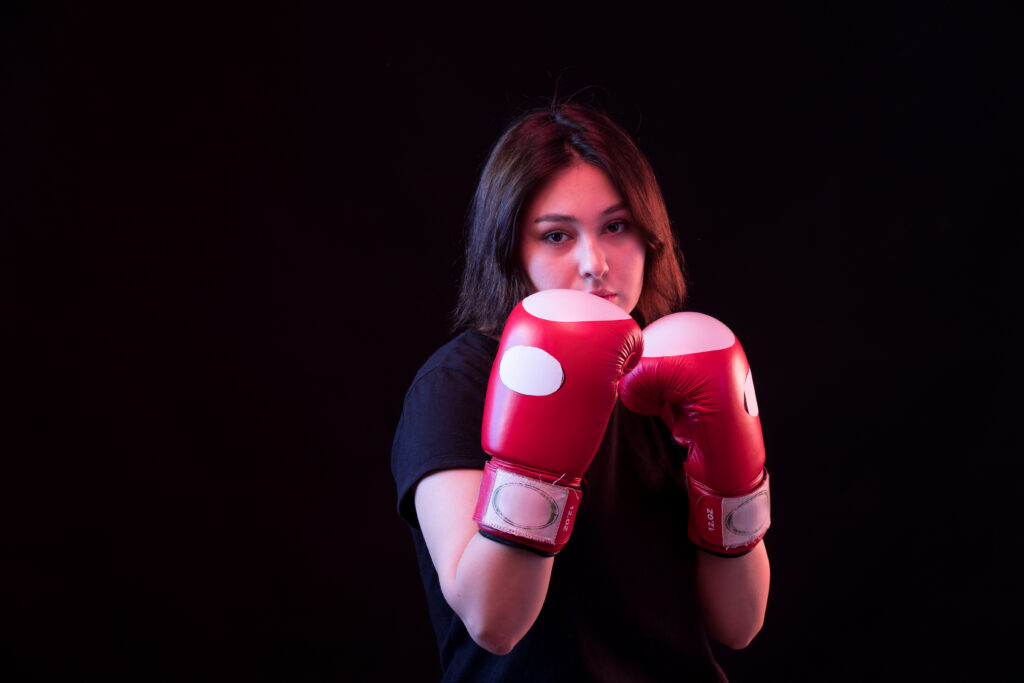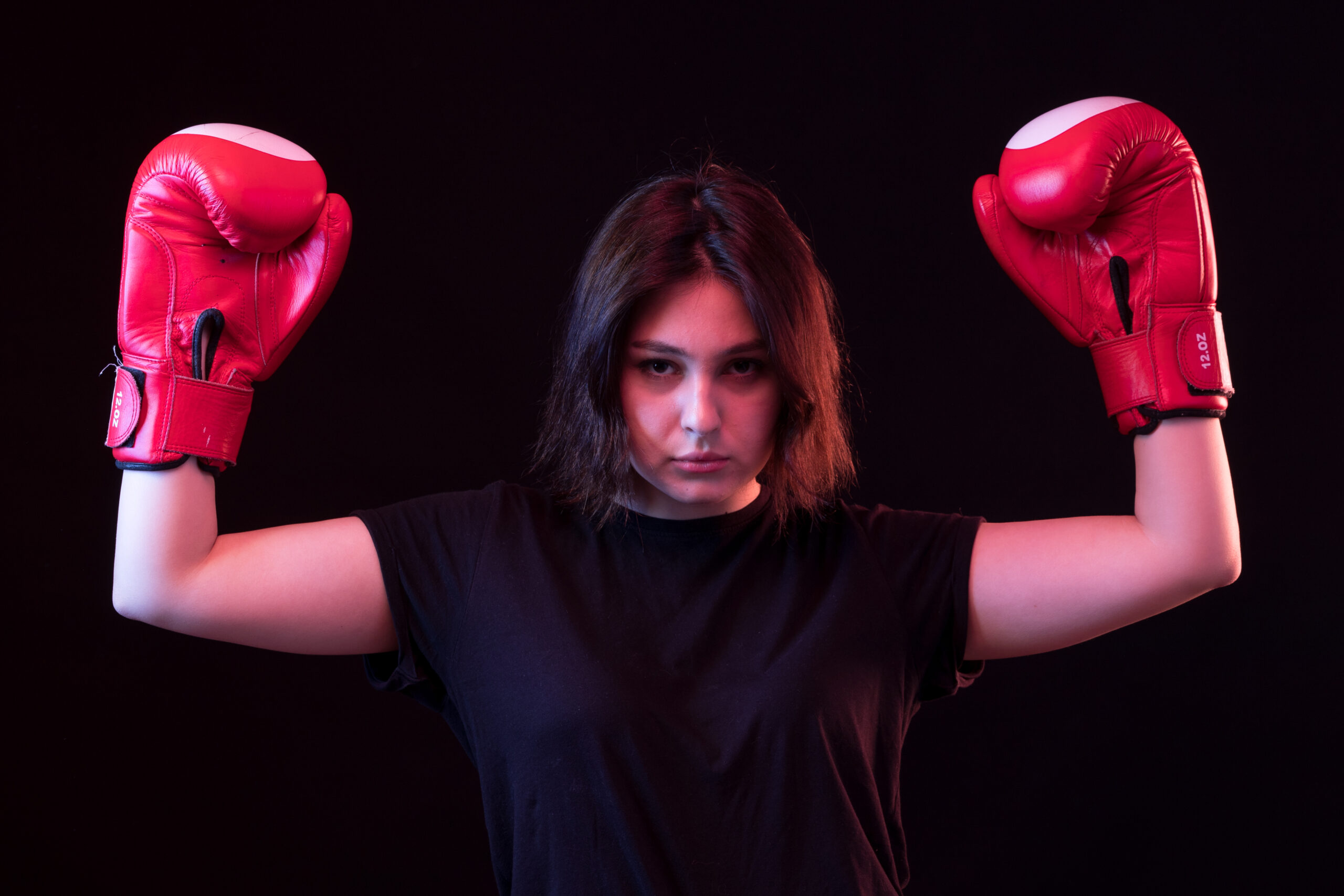Suuraa WBO—A Symbol of Oromo Struggle and Identity
Introduction
The phrase Suuraa WBO carries a weight far beyond its literal meaning. In the Oromo language, “Suuraa” translates to picture, image, or representation, while “WBO” stands for Waraana Bilisummaa Oromoo, which means the Oromo Liberation Army. Together, Suuraa WBO represents not just a physical image, but the spirit, struggle, and vision of the Oromo people who have long fought for freedom, dignity, and recognition in Ethiopia. For many, it is a symbol of resistance, resilience, and cultural pride—a reminder of a journey that continues to this day.
Historical Background
The Oromo people are the largest ethnic group in Ethiopia, yet for centuries they have faced political marginalization, cultural suppression, and economic exclusion. Out of this long-standing oppression emerged the Waraana Bilisummaa Oromoo (WBO), the Oromo Liberation Army. The WBO was formed with the mission of defending Oromo rights, protecting Oromo and Ethiopian identity, and fighting against injustice.
Suuraa WBO, therefore, is not merely a picture or emblem—it reflects the sacrifice of countless Oromo men and women who dedicated their lives to the struggle. Every image associated with WBO tells a story of resilience: the story of villages destroyed yet rebuilt, the story of exiled voices that continue to echo, and the story of a nation that refuses to be silenced.
Symbolism of Suuraa WBO
At its core, Suuraa WBO symbolizes three things:
- Resistance – It represents the determination of the Oromo people to resist domination and stand up for their rights, no matter the cost.
- Identity – For Oromos across Ethiopia and the diaspora, it serves as a cultural marker, reminding them of their heritage, language, and traditions.
- Hope – Beyond the politics, Suuraa WBO reflects the vision of a better future, where the Oromo people can live with dignity, freedom, and equality.
This symbolic weight is why Suuraa WBO is often seen not only as a historical memory but also as a living emblem of an ongoing struggle.
Social and Cultural Impact
The Oromo struggle has always been about more than politics; it is also about cultural survival. For many years, the Oromo language (Afaan Oromo) and traditions were suppressed. Suuraa WBO became a way of reclaiming identity and telling their story in their own voice.
In literature, poetry, songs, and visual arts, Suuraa WBO has been represented as the face of resistance. Oromo artists use imagery linked to the WBO to inspire courage, while community gatherings often display pictures and symbols that connect younger generations to their roots. In this way, Suuraa WBO has become part of a cultural memory that keeps the Oromo story alive.
Political Relevance
In the political landscape of Ethiopia, Suuraa WBO remains a controversial yet powerful symbol. For supporters, it embodies justice, resistance to oppression, and the dream of self-determination. For opponents, it is sometimes portrayed as a challenge to state authority.
Despite the controversies, one fact cannot be ignored: Suuraa WBO reflects a genuine voice of the Oromo people who demand representation, equality, and respect. It is a visual reminder that the struggle is not just about politics, but about dignity and human rights.

Global Oromo Diaspora and Suuraa WBO
The Oromo diaspora around the world—whether in North America, Europe, or the Middle East—carries Suuraa WBO as a reminder of home. For those far away from Ethiopia, it serves as a bridge between generations, helping young Oromos born abroad to understand their roots and the sacrifices made by their ancestors.
On social media platforms, Suuraa WBO is often used as a unifying symbol. It connects Oromo youth globally, allowing them to share stories, raise awareness, and build solidarity across borders. This digital presence has given new life to a historical struggle, making it relevant in the modern age.
Challenges and Misconceptions
Like all resistance symbols, Suuraa WBO is not free from challenges. Some external narratives attempt to label it negatively, overshadowing the genuine aspirations it represents. Misinterpretations often arise from political bias or lack of historical understanding.
However, for those who truly know the Oromo story, Suuraa WBO remains pure in its meaning. It is not about violence but about survival. It is not about destruction but about recognition. It is not about hate but about justice.
The Future of Suraa WBO
As Ethiopia continues to navigate political reforms and conflicts, Suuraa WBO will remain central to Oromo identity. The younger generation, armed with education, technology, and global awareness, is giving the symbol new meaning. They see it not only as a memory of past struggles but also as a blueprint for a more inclusive and democratic future.
For the Oromo people, the image of Suuraa WBO is more than history—it is hope. It is the dream of a society where their language is celebrated, their traditions respected, and their voices heard.
Conclusion
Suuraa WBO is not just a phrase; it is a living symbol of a people’s journey toward freedom and dignity. It tells the story of pain, resilience, and unwavering hope. It reminds us that images can be powerful, that symbols can carry the weight of entire histories, and that the fight for justice is never forgotten.
For the Oromo people, Suuraa WBO is both a reflection of the past and a vision of the future. It is a testament to their strength, their culture, and their unbreakable spirit. And as long as the struggle for equality continues, Suuraa WBO will remain etched in the hearts of those who believe in freedom.

